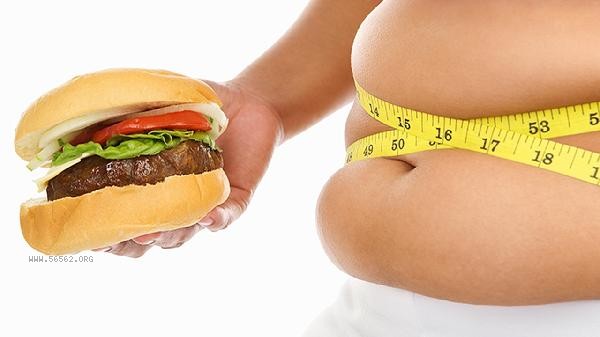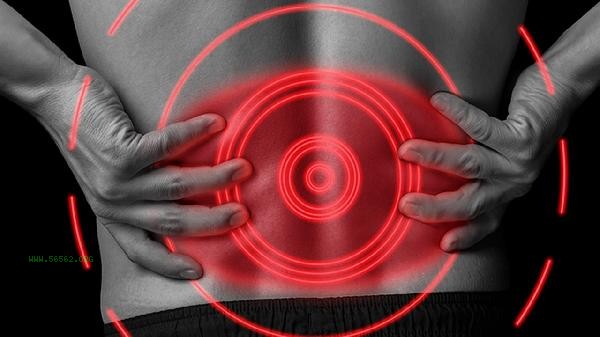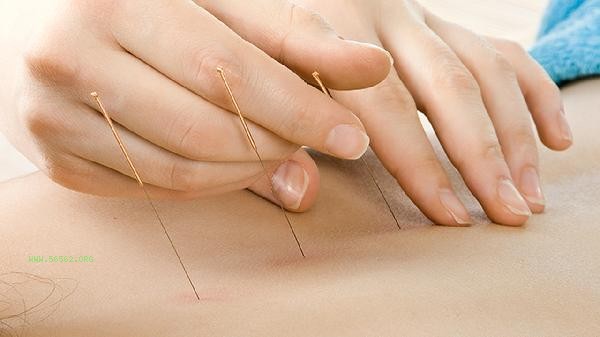Sweat coats are not entirely classified as intelligence tax products, but the effectiveness of relying on sweatcoats for weight loss is limited. Sweat inducing clothing mainly promotes sweating through high temperature environments, which may cause weight loss in the short term, but the loss is mostly water rather than fat, and it is easy to rebound after stopping use. Scientific weight loss requires a combination of dietary control and exercise, and sweatshirts can only be used as auxiliary tools. The design principle of a sweatshirt is to use waterproof materials to wrap around the body, preventing sweat evaporation during exercise and increasing the surface temperature to accelerate sweating. This passive sweating method can indeed cause people to lose a large amount of water in a short period of time, leading to a decrease in weight scale readings. However, the lost water can be quickly replenished through drinking water, and cannot achieve a lasting weight loss effect. Exercise in high temperature environments may also pose health risks such as dehydration and electrolyte imbalances, especially for patients with cardiovascular diseases. In rare cases, sweatshirts may help increase metabolic rate during the early stages of exercise. Some studies have shown that a moderate high temperature environment can increase heat consumption during exercise, but the effect is far lower than the energy gap generated by active exercise. If combined with high-intensity interval training, sweatshirts may briefly increase heart rate, but this weight loss method requires a high level of exercise foundation, and blind use by the general population may cause sports injuries or heatstroke.

Scientific weight loss should prioritize the combination of aerobic exercise and strength training, and maintain moderate water intake and balanced diet daily. It is recommended to limit the use of sweatshirts to within 20 minutes and replenish electrolyte drinks containing potassium and sodium in a timely manner after exercise. Long term weight loss requires establishing sustainable lifestyle habits, and excessive reliance on external equipment may actually mask core metabolic issues.










Comments (0)
Leave a Comment
No comments yet
Be the first to share your thoughts!